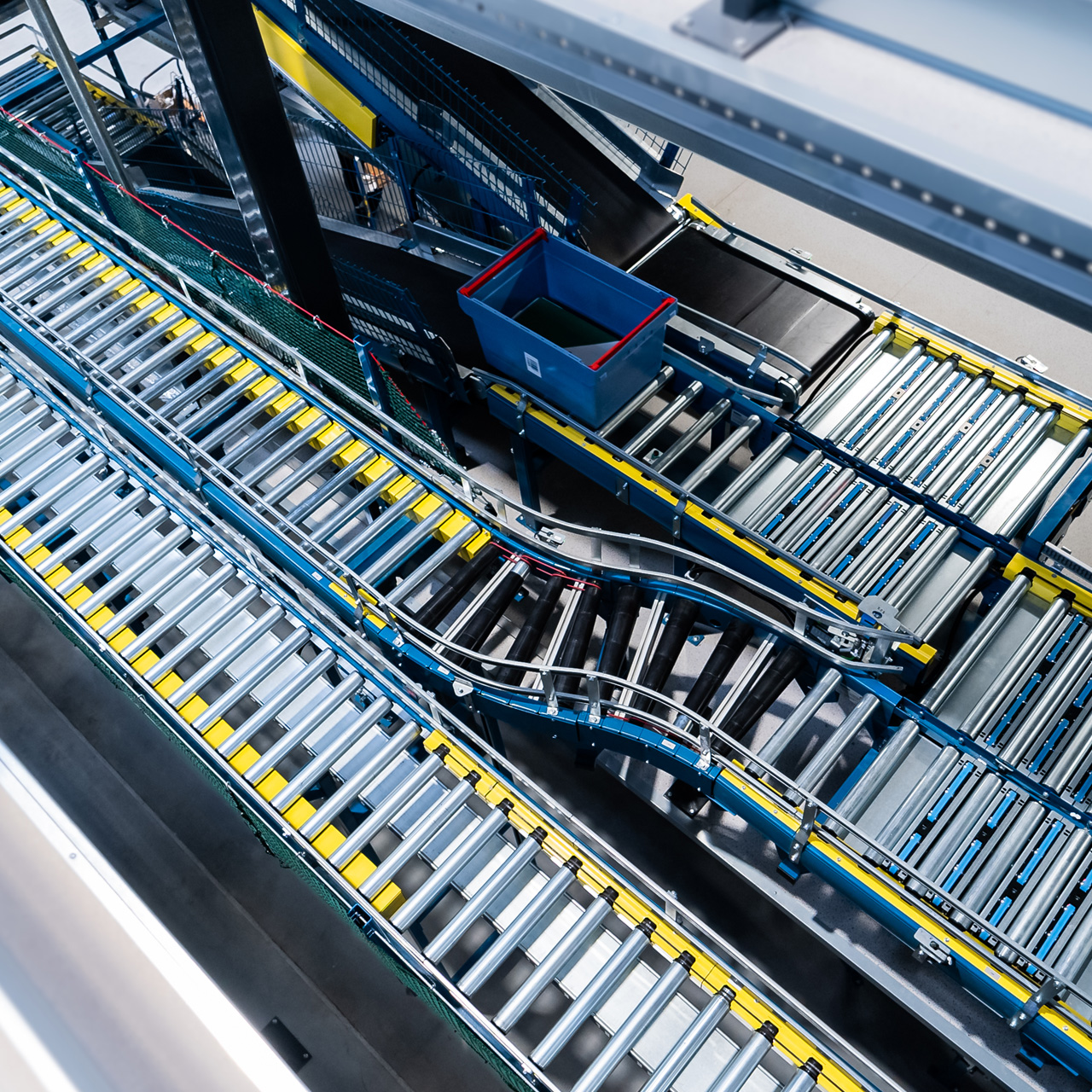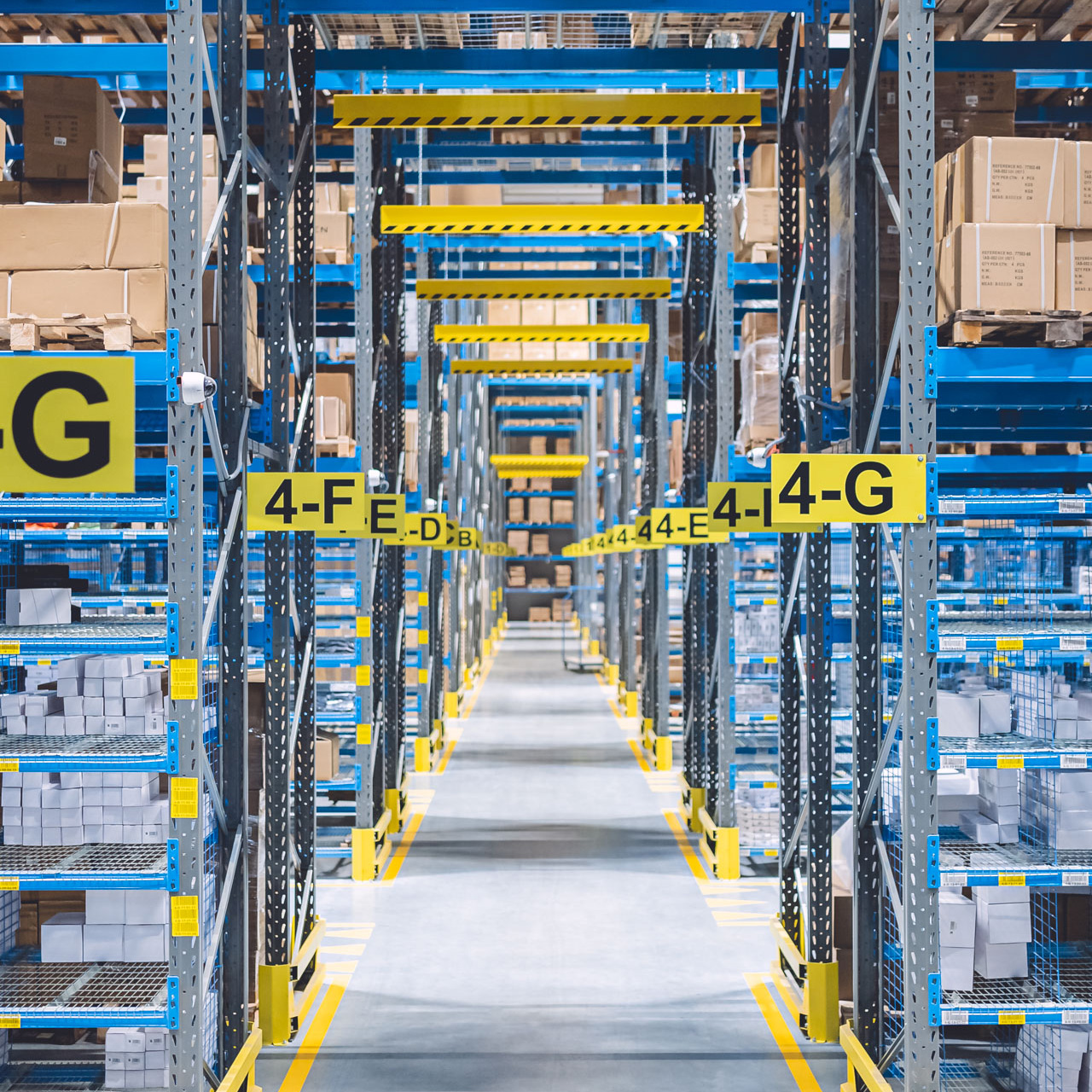What is a digital factory?

Digital transformations are a key part of the so-called industry 4.0 business model. One of the most important parts of that, especially for production and manufacturing businesses, are digital factories. What exactly is a digital factory? We explain this, and more, below.
Digital factory – what is it?
A digital factory is an umbrella term for a network of digital models replicating aspects of a physical factory. Such digital representation utilizes various tools and methods (e.g. 3D visualization and simulation) governed through integrated data management systems.
Digital factories play a significant role in business management, as they enable comprehensive planning, continuous evaluations, and testing enhancements for real factories. Digital factory innovation serves one purpose – to introduce improvements to products/services and change businesses for the better.
Main focuses of a digital factory include:
- Improving economic efficacy and planning quality;
- Shortening go-to market time;
- Ensuring clear communication within companies;
- Unification of standards for planning;
- Efficient knowledge management.
How does a digital factory work?
Digital practices in factories involve cross-functional teams dedicated to creating various iterations of offered products – each time with enhanced solutions providing new services and experiences for potential clients. These digital factory teams work in close association with business teams to provide the organization with accelerated growth options.
Another indispensable part of a digital factories network is a command centre/platform team (a.k.a. IT Center of Excellence) which provides each digital factory model with data collection technology, coding practices, cyber-security standards, governance, and AI solutions (e.g. deep learning and big data analytics).
Benefits of using digital factories
Digital factories provide companies with various benefits, such as:
- The ability to customize products and test new solutions based on current market trends, which allows small manufacturers to find their niche and have a chance to compete with larger businesses.
- Better inventory optimization and higher forecasting capabilities.
- Easier implementation of new supply chain systems which streamline production and lower operational costs.
- Opening doors for enhanced automation, robotics, and software transmitting data in real-time.
In short, digital transformation (when done correctly) can smooth out operational processes and make the company more competitive in today’s market.
How to ensure a successful implementation of a digital factory?
As a “hot trend” of recent years, digital transformation of a production facility was attempted by a vast majority of businesses. Unfortunately, many of those attempts fell short of reaching desired business outcomes. Why? Because it was treated as a strictly IT/infrastructure issue and not a whole new business operating model. Thus, many manufacturers ended up making the same mistakes – adapting new technologies without making necessary changes in business practices. Here are the most important things to keep in mind while trying to implement digital factory and other similar solutions:
Set up clear missions
Each cross-functional team managing a digital factory needs clear goals that can be easily translated into small, achievable steps. Unclear or obscure missions lead to confusion and lessen the impact of a digital factory. When setting up goals for these teams, remember to clearly define tasks and keep them in sync with overall corporate strategies. Here are 3 rules you should always keep in mind while formulating missions:
- Each person involved should be aware of their role, what they should do to complete the task, and how it supports the company’s main strategies.
- Every task should produce results with measurable values.
- The team must be equipped with tools allowing it to solve any issue that may arise within the given task. Missions should be broad enough to have a real impact on the company.
Organize your data
Data is a cornerstone of a digital factory, thus proper organization of it is a must. This, however, can be difficult due to vast variability of data sources surrounding manufacturers. What you need here is a viable, efficient platform through which all the data can be managed easily. This can be done, e.g. through a stand-alone MES (Manufacturing Execution System) or a dedicated module in an ERP (Enterprise Resource Planning) platform.
Use the right technologies
Digital transformation of your factory requires the use of certain technologies, depending on the specifics of its goals and production processes. Many digital factories utilize such things as robots, artificial intelligence, and machine learning, but you shouldn’t take that for granted – do a thorough analysis of your business and pinpoint the exact technologies that will boost its efficiency. It is crucial to do this before starting the implementation of a digital factory.
Find the right talent
It shouldn’t be a surprise that you’ll need the right people for the job. Implementing a digital factory requires expertise in a specific field, which makes it hard to find ideal candidates. Your IT department won’t be enough in most cases – when in doubt, don’t hesitate to reach out for professional help in that matter. Your personnel can be later educated to manage the digital factory when its implementation is completed.
Choose the right management platform
After you create your digital factory, your team will need an efficient tool to manage it and use the possibilities it gives to the fullest. A sure way to achieve that is to get a flexible digital factory management platform. If you also intend to implement a fleet of AMRs (Autonomous Mobile Robots), we have just what you require – Virtual Factory.
Digital factory – summary
Successful development of a digital factory can create many opportunities for the company – even one model may significantly boost control over new operations and give the chance to pick the optimal path going forward. There’s no denying that digital factories are a strategy for the future that can help organizations scale and deliver success in various markets across the globe. However, if you want to get these results, you must have the right mindset – a digital factory isn’t just an IT/structural project. The whole company must be ready to embrace this technology and be managed in a way that takes advantage of the full potential of what a digital factory brings to the table.


